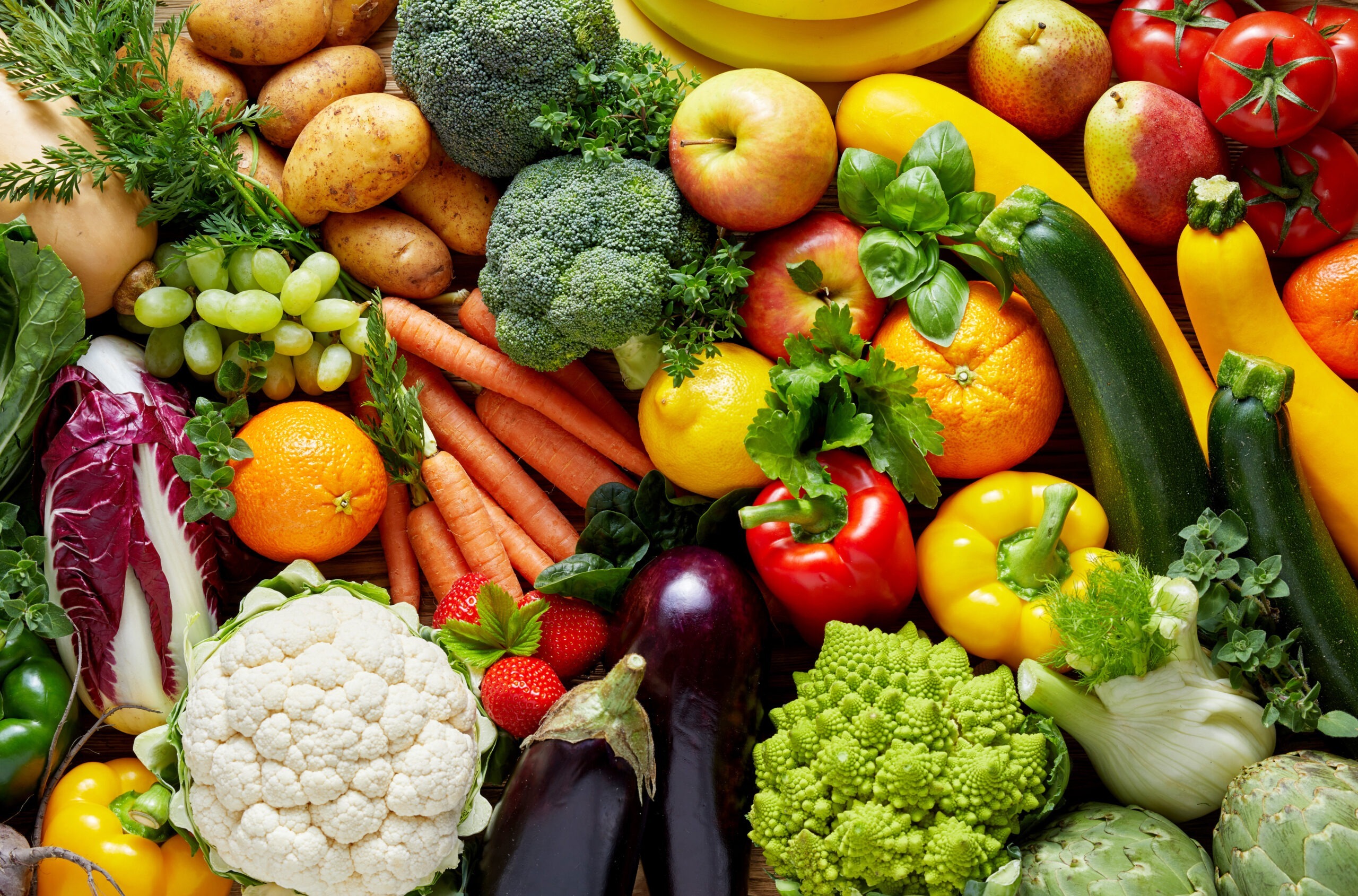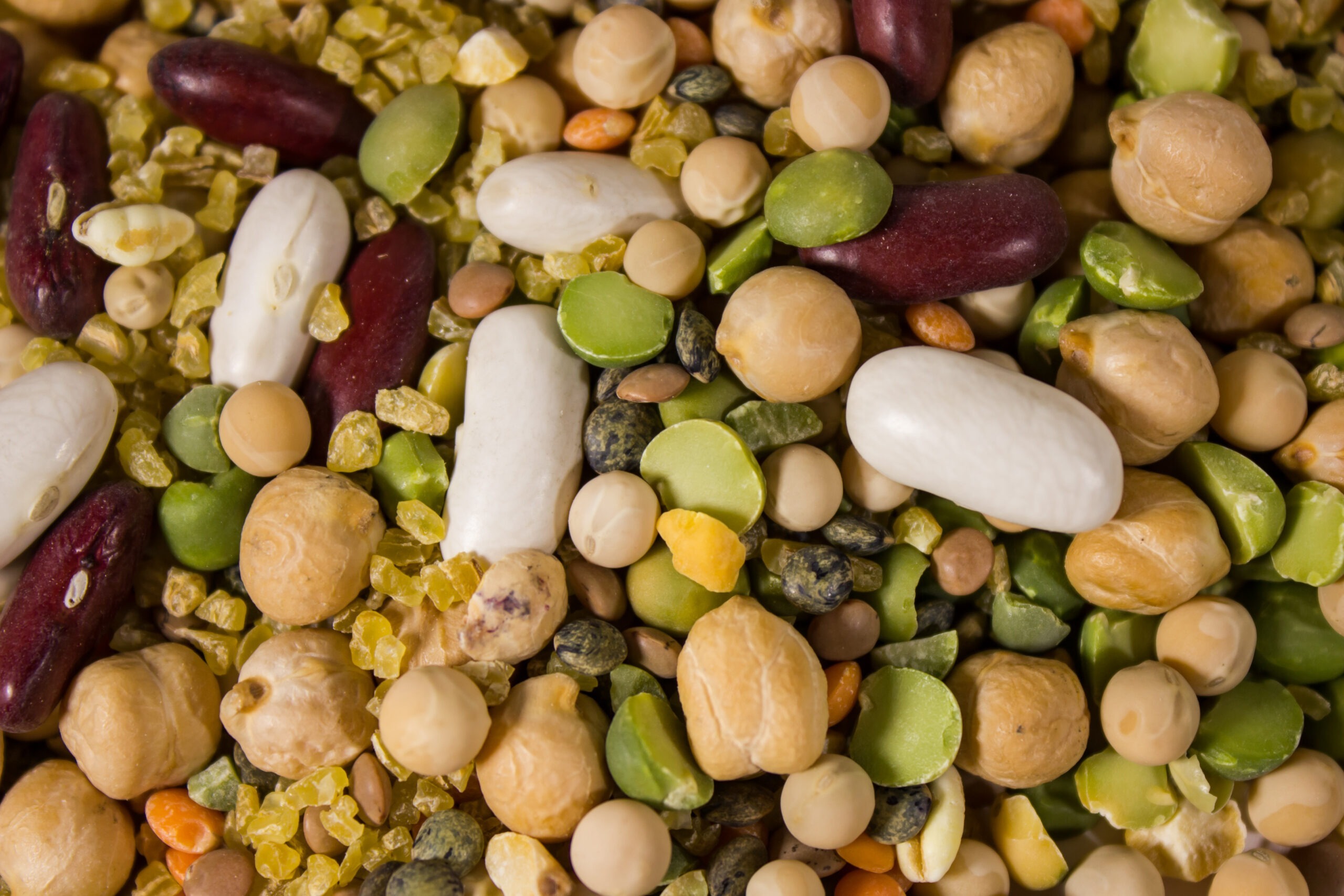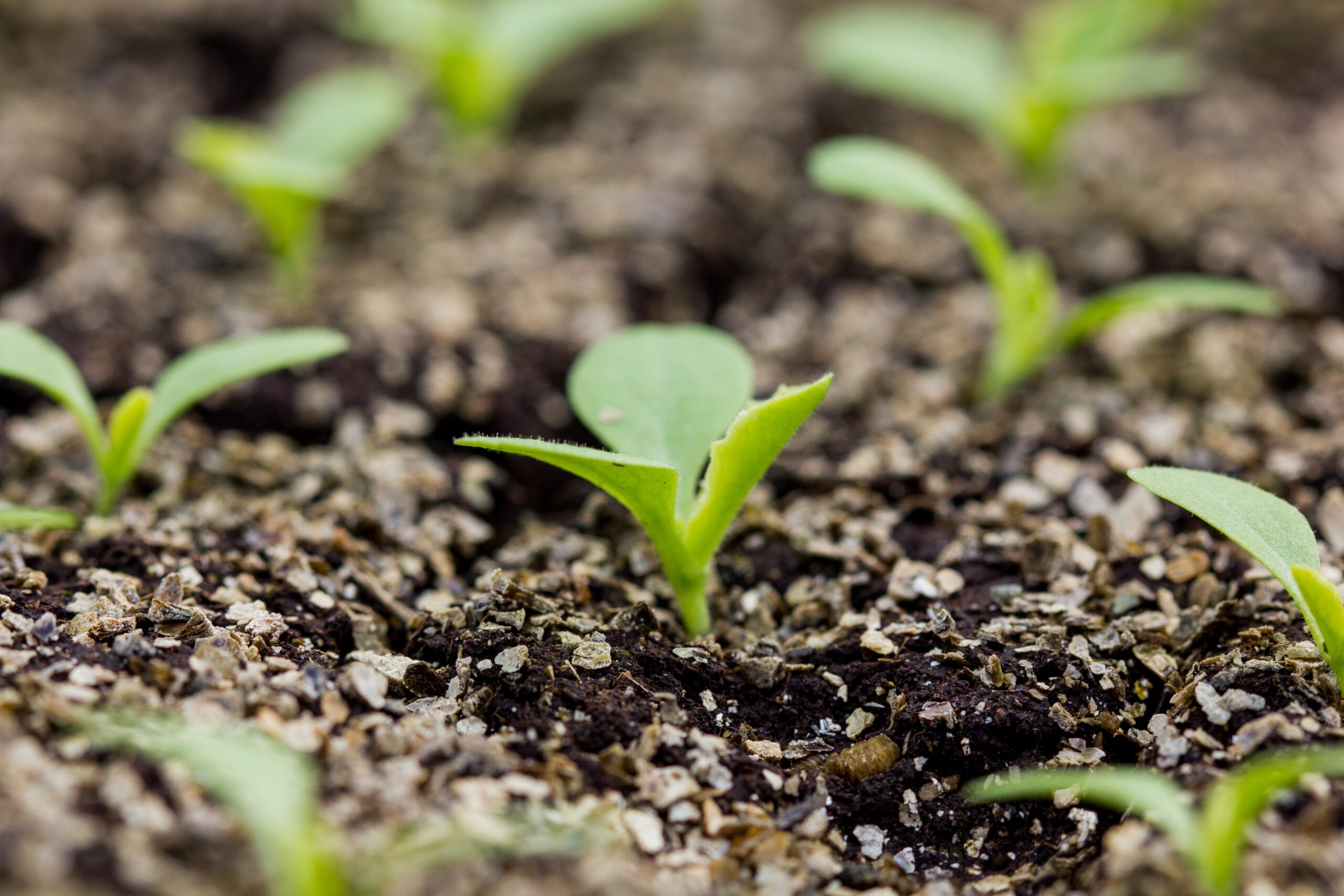Back to mapClose

 See more
See more
Human food

Food and agriculture: an inseparable link
Farmers are the link between seed producers and other food producers. They are the ones who sow, cultivate, protect, and harvest plant varieties intended for consumption.
4th
Ranked producer of fruit and vegetables in Europe, France lies behind Spain, Italy and Poland.
What are the specific features of the fruit and vegetable sector?
The fresh fruit and vegetable sector is characterized by its high diversity, with over 100 species produced with varied characteristics. However, the sector is vulnerable because the products are live and fragile, are sensitive to climate hazards and generally cannot be stored. A range of operators play a decisive role at each stage and influence the final quality of the product. The sector also stands out for its wide range of products and distribution channels, with little market segmentation, while products with certified quality and origin labels account for around 15% of the market share.

Pulses at the heart of dietary changes
Pulses are composed of dried vegetables such as lentils, broad beans, chickpeas, split peas, and dried beans. Rich in protein, fiber, vitamins, and minerals, they offer a wealth of benefits in terms of dietary diversification and balance. Although they were a major source of protein for the French in the 1950s, their consumption has dropped to just 2 kg per year, four times less than the global average. The National Nutrition and Health Programme recommends consuming pulses at least twice a week.
With the rise of vegetarian and flexitarian diets, pulses such as lentils, chickpeas, and beans are experiencing a resurgence in popularity. This shift is also marked by a decrease in meat consumption and an increased demand for protein-rich plant-based alternatives.
The diversification of protein sources is now enshrined in the EGalim law, adopted following the Food Summit in 2018, and aimed at promoting ever more virtuous agriculture and making healthy, safe and sustainable food accessible to all.

The diversity of food choices begins in the field!
Plant breeding is crucial for improving crops for human consumption. It optimizes the nutritional and taste qualities of products while facilitating their preservation. Improving the taste, smell and look characteristics of fruits and vegetables is a central objective for many plant breeders, who must adapt to rapidly changing consumer preferences.
To develop new varieties, research draws on existing biodiversity, particularly by exploiting wild species and old varieties. As a result, there is now a wide variety of products available in terms of shapes, colours, sizes and flavours.
95%
Of French people say they feel confident about the vegetables they eat. This confidence is earned and maintained.
From seed to food: an example
One hectare of tomatoes planted for propagation yields 200 hectares of cultivated tomatoes, which produce 60,000 tonnes of tomatoes, enough to meet the needs of 6 million people per year.













